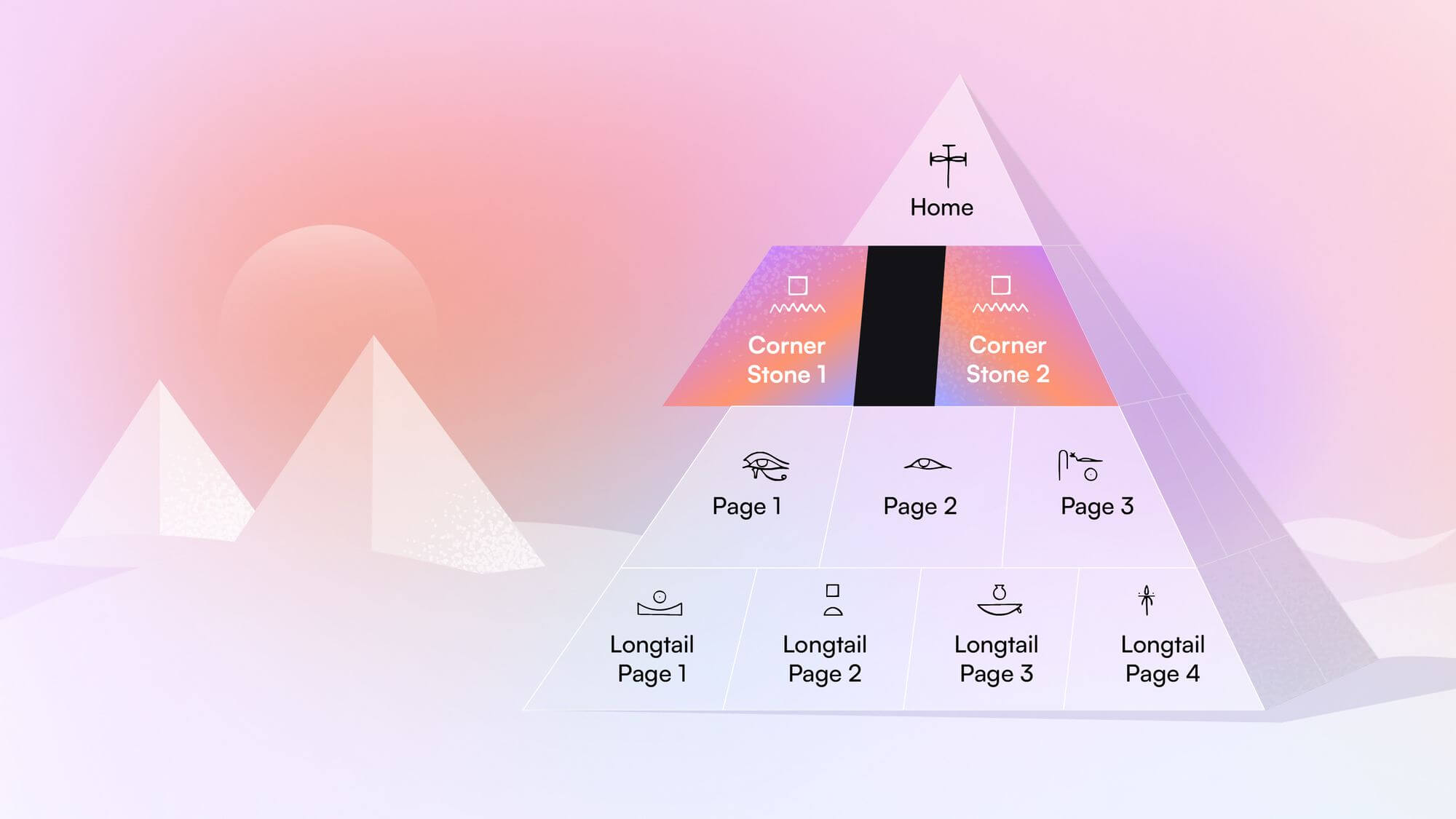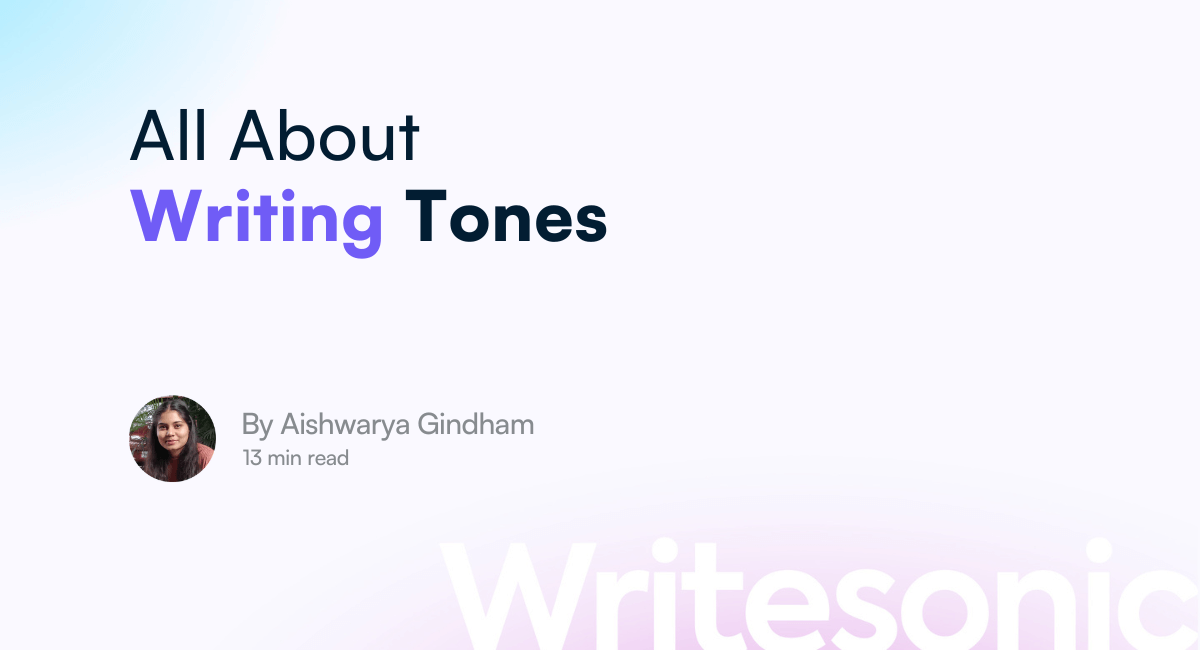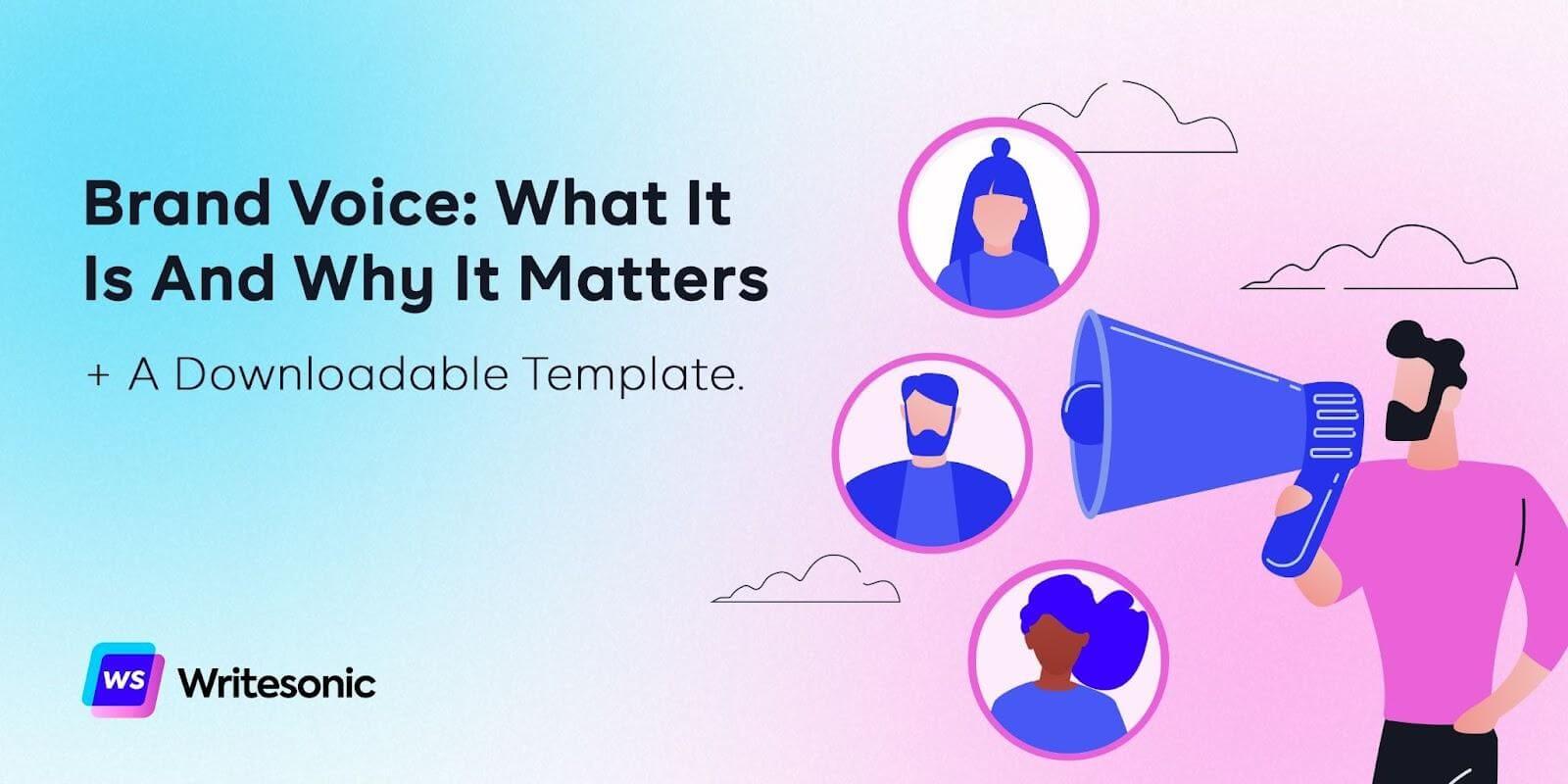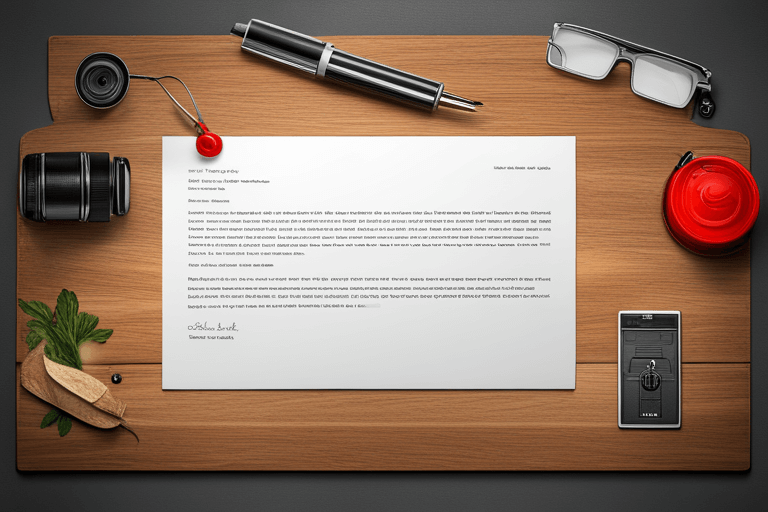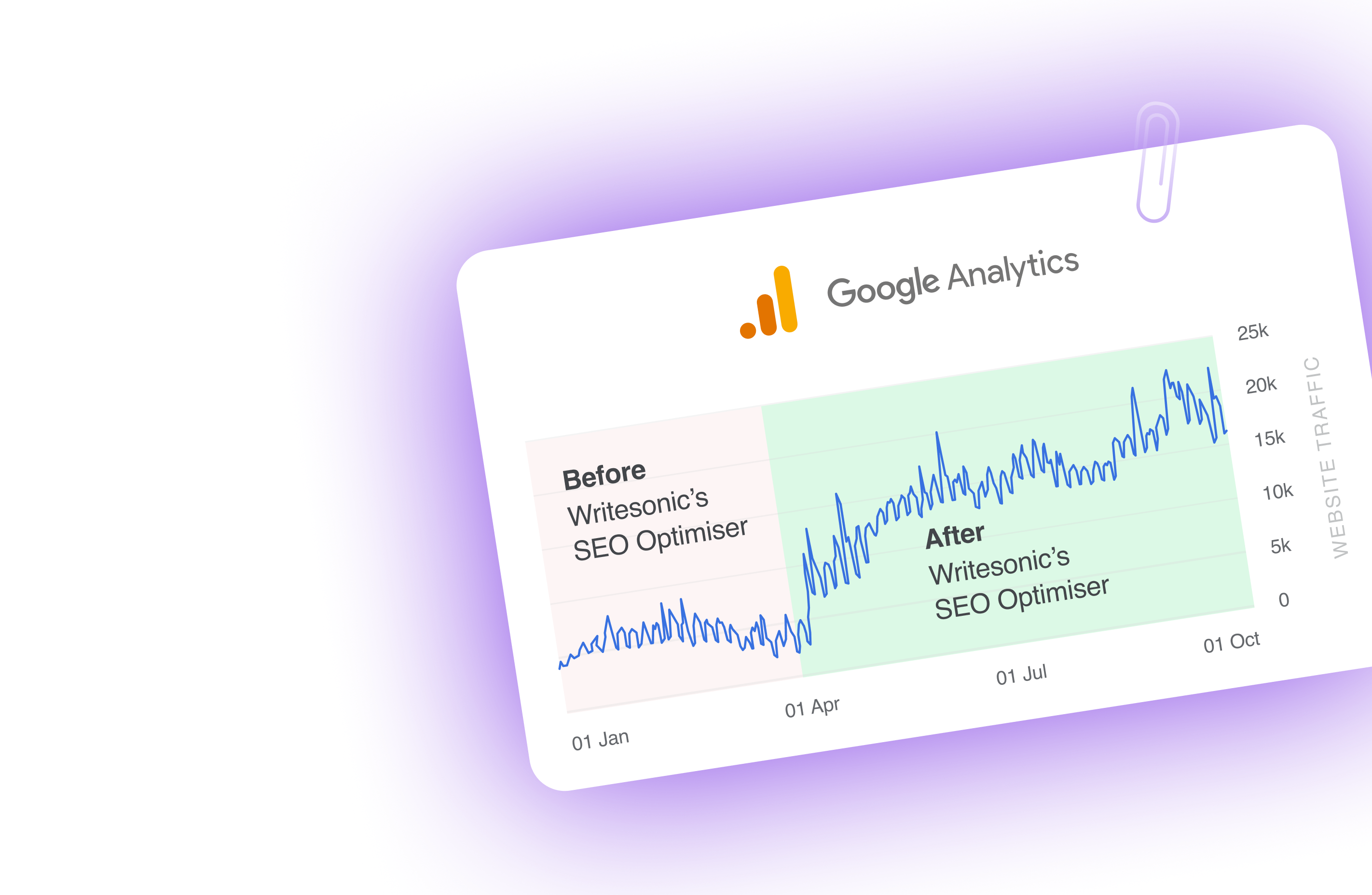Have you ever found yourself browsing through various articles and thinking if this is an article or a blog post? Have you wondered which type of content is right for you?
If yes, you are at the right place. In this brief guide, you will learn the differences between a blog vs article and how they differ when to use a blog post and article, and why a business needs them. So, let’s get started.
What is a blog post?
Blog posts are pieces of text with one main idea. They can be around 500-700 words to explain a brief concept or even 1500+ words to help readers understand a topic in-depth. Typically, blog posts are written more informally and are best for engaging your audience with a quick read. A blog post is a perfect solution if you have a lot to say but don’t have time to write a long article.
Blog posts can explore quick topics, while articles explore more in-depth ideas, like reviewing a new book or introducing an unfamiliar topic. This helps them convey more relevant information to the B2B audience, especially when they have translated the product language, and it is more engaging and customer-oriented.
As per a recent survey, blog posts continue to be the most popular form of content among content marketers. 9 out of 10 produce blog posts to achieve their overall marketing goals.
Why write blog posts?
Blog posts are an excellent tool for sharing information that can add value to your readers. Here are some reasons you should write blog posts:
- They are an excellent way to share new information with people interested to know your opinion and perspective
- Blog posts are a perfect way to communicate with your audience.
- They can inform, educate, or entertain your audience by informally conveying information
- Blogging is used by many different business types, from bloggers who want to make money off of their content to businesses who want to engage with potential customers on a more personal level
- They help convert website visitors into potential customers
- They help customers understand intricate product details in simple, easy-to-understand language
- They break down complex concepts into simple easy to read material which positions them as an authoritative source
As mentioned earlier, blog posts are informal and conversational. This means they can be written in the first person without sounding too formal or in the second person, speaking directly to the reader.
That’s why blogging is often seen as an easy way to become more approachable or even “human” to potential customers.
When you start writing a blog post, you need to remember that it should be interesting, engaging, and informative enough so that readers keep coming back for more. It can be about any topic, and there are no limits on what you can post about, but it should always be relevant to your audience.
The more readers enjoy reading your blog posts, the greater their chance of spending time on your site and ultimately buying products from it! Isn’t it an amazing way to improve your online presence and drive more sales?
What is an article?
An article is a formal piece of writing with one or more points. It has a beginning, middle, and end. Articles are often longer than blog posts and include in-depth thoughts or summaries.
In addition, they might include outside opinions or quotes to back up their point or be used for educational purposes. Articles are meant to inform the audience, educate and persuade readers about something.
Why write articles?
Articles are a great way of sharing information with your audience in a formal manner. Here is why articles are essential:
- They offer facts and points of view from many different perspectives
- They provide a detailed picture of an event or happening in general
- Articles are valuable content for your website, blog, or social media posts.
- Articles help you spread your expertise to a broader audience and establish your credibility in the field
- Articles make readers trust you and listen to what you have to say
- A successful article will contain interesting information, be well-written, and have the ability to engage readers, even if it is a longer form of content
When writing an article, it’s essential to be clear and concise. Ensure you provide only the most important information on your topic. Before publishing an article, ensure it is well-organized and easy to read by proofreading it first.
Apart from that, from a business point of view, articles also boost your SEO efforts, bring organic traffic and help you to rank your website higher.
Blog vs article: What are the key differences?
A blog and an article is useful content pieces. Still, there are some core differences between them:
Writing style
The writing style is the first and most important difference between a blog post and an article. In blog posts, you need to use a casual or informal tone that is easy to understand for the audience. They are written conversationally, gripping the reader’s attention from the get-go. A blog post also includes the opinion of a writer.
For articles, you need to use a formal and sophisticated tone and not contain the writer’s opinion as it is addressed publicly. They have a more comprehensive writing style that is suited for complex topics.
Intent
A blog intends to capture the reader’s attention quickly and convey the points to the reader. This makes blogs ideal for sharing tips and updates and short how-to pieces.
An article intends to explore a subject matter thoroughly. It aims to provide information in the most in-depth manner, with detailed research, analysis, and expert opinions.
Length
The length of blogs and articles resonates with their purpose. An average blog post in 2023 is 1151 words. On the other hand, an article is usually longer and ranges between 1500-5000 words. This difference is due to the intention of providing in-depth information with articles and taking a more straightforward approach with blog posts.
SEO
Both formats benefit from search engine optimization, but blog posts focus on specific keywords to enhance discoverability. From a business perspective, blogs drive traffic to the website through SERPs. Thus they are more keyword focused while maintaining the quality of the blogs.
At the same time, articles have the space to incorporate a broader range of keywords and related terms. However, they are created to be informative and used in online magazines.
Audience
Blog posts cater to time-conscious professionals seeking quick insights. They give them answers to questions, tips, and how-to content. Articles target a more dedicated audience willing to invest time in exploring comprehensive information and dive into each topic.
Format
Blog posts often employ subheadings, bullet points, and shorter paragraphs for easy scanning. Articles incorporate a more structured format with extensive sections and sub-sections.
Monetization
While both formats can be monetized, blog posts are commonly used to promote products or services indirectly. Articles can be monetized through collaborations with industry publications or paid subscriptions.
Citations
Articles rely heavily on citations to provide credibility and validate claims, often referencing scholarly works and research studies. Blog posts may include citations but prioritize readability over extensive referencing.
Editorial Process
The editorial process for blog posts is typically more streamlined due to their brevity. Articles undergo thorough editing, fact-checking, and peer review to ensure accuracy and reliability.
Visual Elements
Blog posts often incorporate images, infographics, and videos to enhance engagement and convey information succinctly. Articles may include visual elements but place more emphasis on textual content.
Publication
Blog posts are usually published on websites or online platforms. But an article can be published in a newspaper, magazine, or online. These types of content are further shared on distribution channels, online discussion boards, social media, and more to improve the readership.
How to write a blog post?
Approximately 7 million blog posts are published per day. And 77% of internet users read blogs regularly. Let’s get into how to write a blog post.
Writing a blog post can seem daunting if you don’t know where to start. You need to consider various things, from the topic of your blog post, how you want it to be formatted, and what tone should be used. But don’t let this discourage you! Here’s a list of 5 easy steps that will help guide you through writing a blog post.
Get ready to write an effective blog post that will help readers and drive results for your business by giving them advice or information they need.
Step 1. Brainstorm
The first step is brainstorming a topic and using a blog idea generator. The topic of the blog post will come from what you want to speak about. The best topics are timely, engaging, and topical. Need help figuring out how to start? Try using a keyword planner or bookmarking sites like Quora and Reddit to find popular questions related to your industry.
Step 2. Research
Research is the most important step in writing a blog post. The key to a successful blog post is doing your research. To write an effective blog post, you need to know enough about the topic you are writing about to address its challenges and offer solutions or insights. If you are writing about a specific industry, know all the latest information.
Step 3. Outline
Outlining your blog is a great way to plan and organize the information you want to share. The blog outline will help keep you on track while writing your post and give you a clear idea of the topics and content you’ll need for your blog post.
Here are some things to consider when outlining:
– What is the main point or objective of your blog post?
– What supporting ideas or points do you want to address?
– How will you organize these topics in your blog post?
– How many paragraphs should each section have?
– Is there anything you’d like to include that doesn’t fit into any of these sections (like pictures)?
Use Chatsonic to create a blog outline
We asked Chatsonic to provide an outline for a blog and here is the prompt:
Here is the response
Step 4. Write Your Blog Post
The fourth step is to start your blog. The key to a successful blog post is good content and formatting that encourages readers to read it.
Blog posts should be well-organized and easy to read. This will encourage readers to continue reading and give you more opportunities for engagement. Keep in mind: Less is more! Your article doesn’t need several paragraphs explaining why your topic is relevant; sometimes, one sentence will do. You want to make sure your blog post is concise and gets straight to the point.
Alternatively, you create a blog post using Article Writer 5.0 from Writesonic.
- Sign up to Writesonin and you find these options on the home page. Click on Article Writer 5.0 or 4.0.
2. We selected 5.0, and you will be redirected to this page.
3. Enter the topic of the blog.
4. Select some reference blogs that meet the quality standards that you want to achieve.
5. Now select the brand voice.
As you see below, previously, we have used the brand voice “supportive and educational,” but we want to sound more personable in this blog, so we will create a new brand voice.
6. To do this, select the option you would like; add a link, add some text, or upload a file – each can be content pieces whose brand voice you want to mimic.
We entered one of our blogs, “How to write a blog,” and then click on Analyze.
7. The tool will decipher the blog’s tone and voice. You can name it as you like.
8. Before creating your blog, click Generate Article; here are the final details.
9. You will now see the possible word count of your blog and can Confirm the output.
10. You will now see a new blog created right before you.
Step 5. Edit Your Blog Post
Once you have written your blog, it is essential to edit it. This step is the most critical in writing a blog post.
You must read through your article and fix any grammar or spelling mistakes to make your content look polished and well-written. It’s also important to ensure no contradictions in your article. For example, if you say, “Never use a single word when ten will do,” and then list ten words, readers will notice this inconsistency and question your credibility as a writer.
On the same page, you can use Sonic Editor to edit it all within your article.
Once you click on Sonic Editor, you will be redirected to a new page with the AI-generated blog content already inserted.
Once you have fixed any errors or inconsistencies, then your blog post is ready for its final step: publishing!
How to write an article?
Want to write an article that people will read? Here are three steps to help you write articles that people would love to read.
Know your audience
The first step in writing an article people will read is to know your audience. You need to know what they want, what they need, and what they’ll care about. Understand who your audience is, as it will help you decide what information is relevant and important.
If you’re selling products like clothing, you should publish articles on fashion trends or new brands that are coming into the marketplace. You want your articles to be interesting and relevant, so knowing your audience beforehand will get the ball rolling.
Hook the reader
The next step is to hook your reader with an engaging introduction. You can start with a question, anecdote, stat, quote, or quote. This will make the reader feel invested in reading your article because they’ll be curious about what you’re trying to say. You can also hook the reader with humor or use powerful words to grab their attention.
You can use Chatsonic to create ideas and options for your article’s introduction. Here is an example of the prompt we gave.
This is the output generated from the prompt with two introduction options that are rich in information.
Write an article
Similar to writing a blog, you can create an article as well. But we will show you how you can make it more informative and raise its standard.
- For this purpose, we will use the topic, History of blog writing, and we will select the resources from the internet that we trust and believe hold high standards.
2. We enter additional information, such as creating this article with quality information to ensure it meets our expectations and select the brand voice to be more educational.
Once all the details are entered, click on Generate Article.
3. Now you can verify your output one last time and click on Confirm.
4. A comprehensive article on the history of blogs will generate right before you.
For this as well, you can use Sonic Editor to edit your article further.
Include a call to action.
A call to action is a great way to get people to read your article. A call to action entices readers by asking them to do something, like sharing the article on their Facebook page. You want people to take action, so they’ll read your article.
So, the key to writing for the web is to know your audience, hook them early on with your content, and then include a call to action that will help them act on the information you just shared.
Why is it important to know the difference between a blog and an article?
A blog and article are essential for your website’s content engine because both play distinctive roles. While articles are more prevalent in educational platforms and magazines, they can also play a pivotal role for businesses.
A blog might meet the target audience who you can provide TOFU content – you can bring them to your website by using keywords that are high in volume and answers their queries.
An article, on the other hand, can help you create more MOFU and BOFU content. You can guide readers through their business challenges and even end with a comprehensive solution that you offer. Articles can potentially place you as an authoritative figure in the industry.
Therefore understanding the difference and purpose between the two will give you more options in creating content for your business.
Create the content that works for your brand
We hope you have a clear idea of the difference between a blog post and an article. Whatever you create, ensure they meet the quality standards and are all helpful for the readers.
Writesonic is one of the best free AI writers that can simplify tasks that are a part of creating such content by taking 50% or more of this workload off your plate. Writesonic is an AI-powered tool that can generate content in seconds. We offer a free trial for you to get hands-on experience with the product.

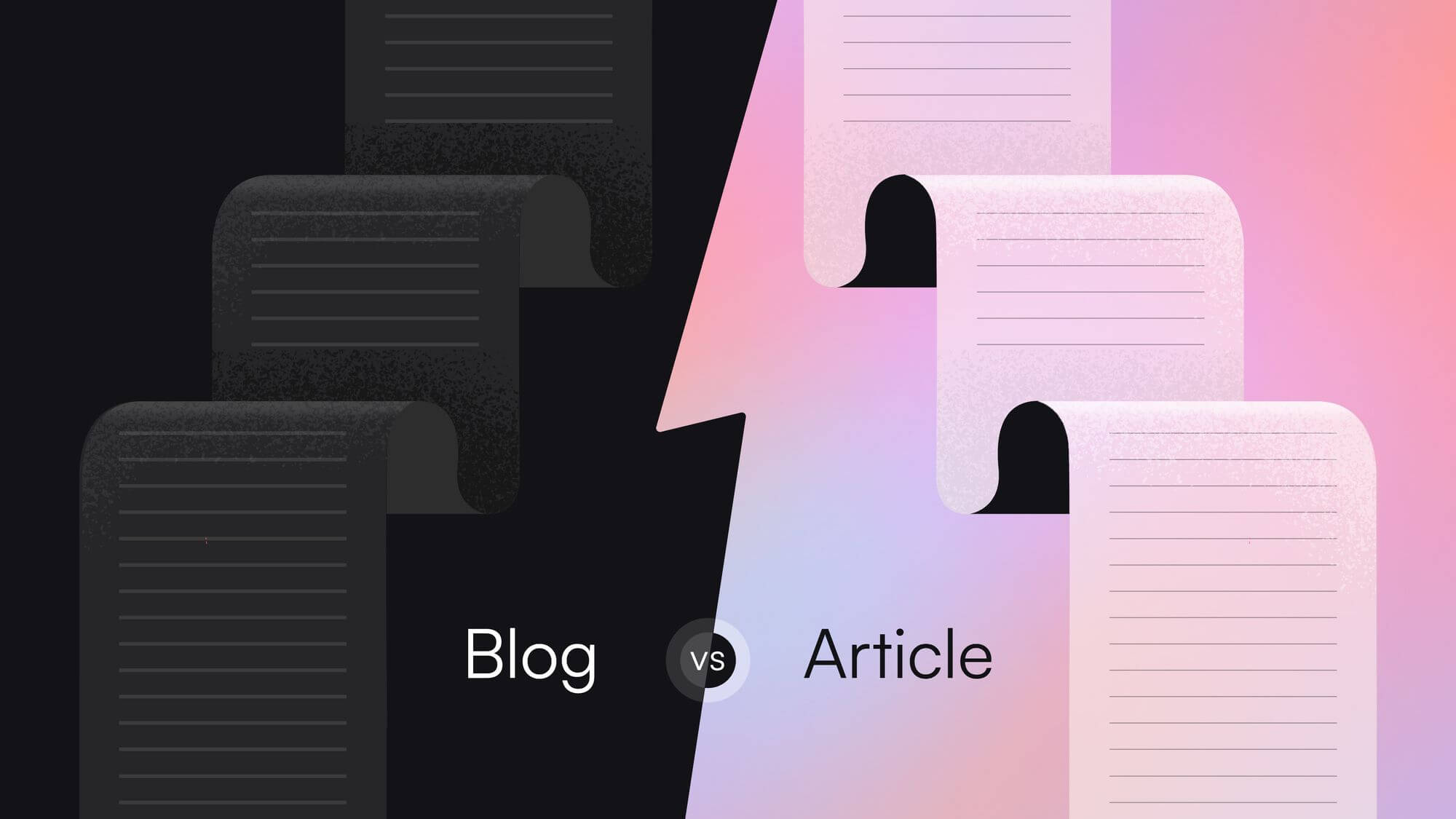




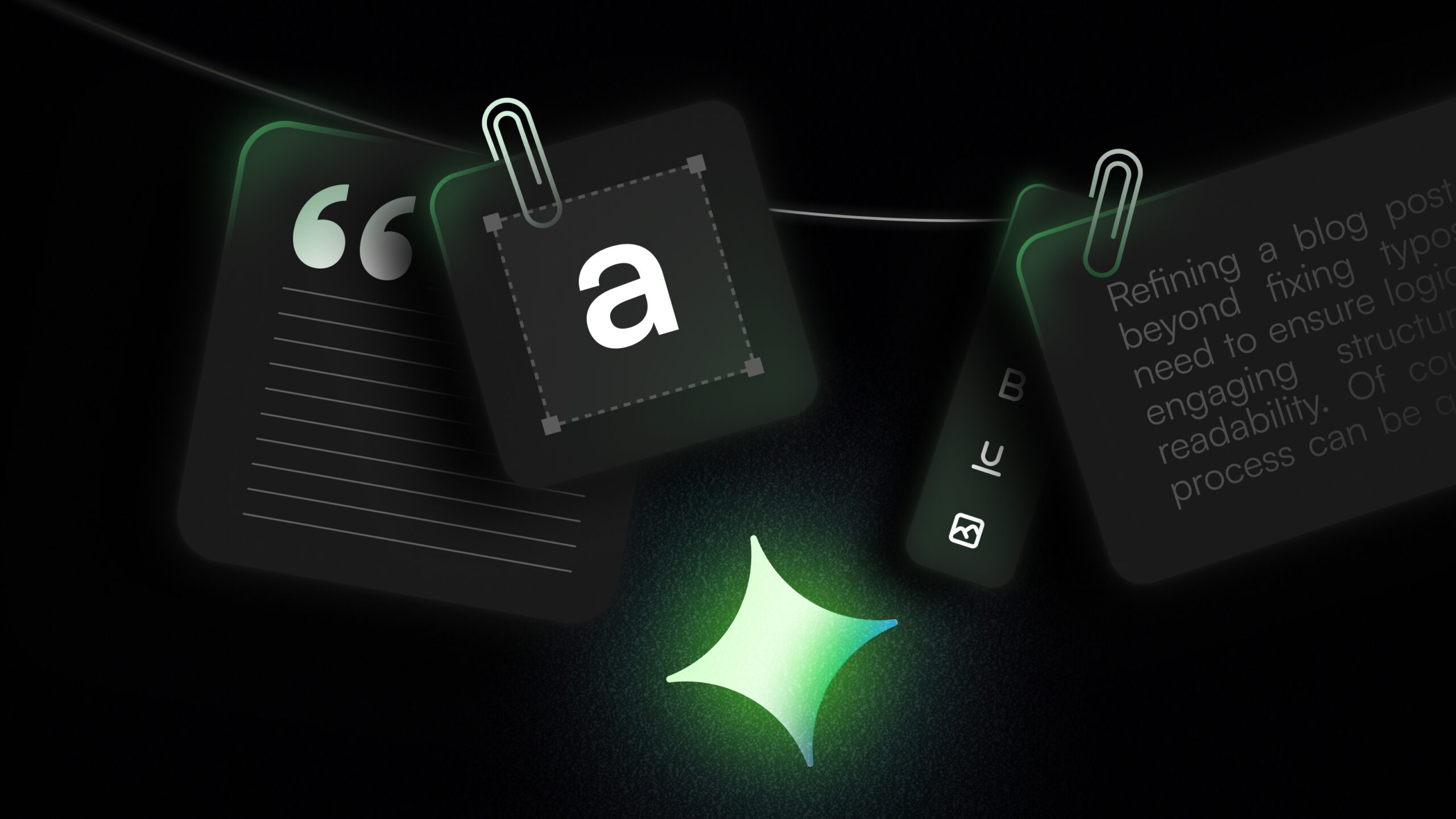

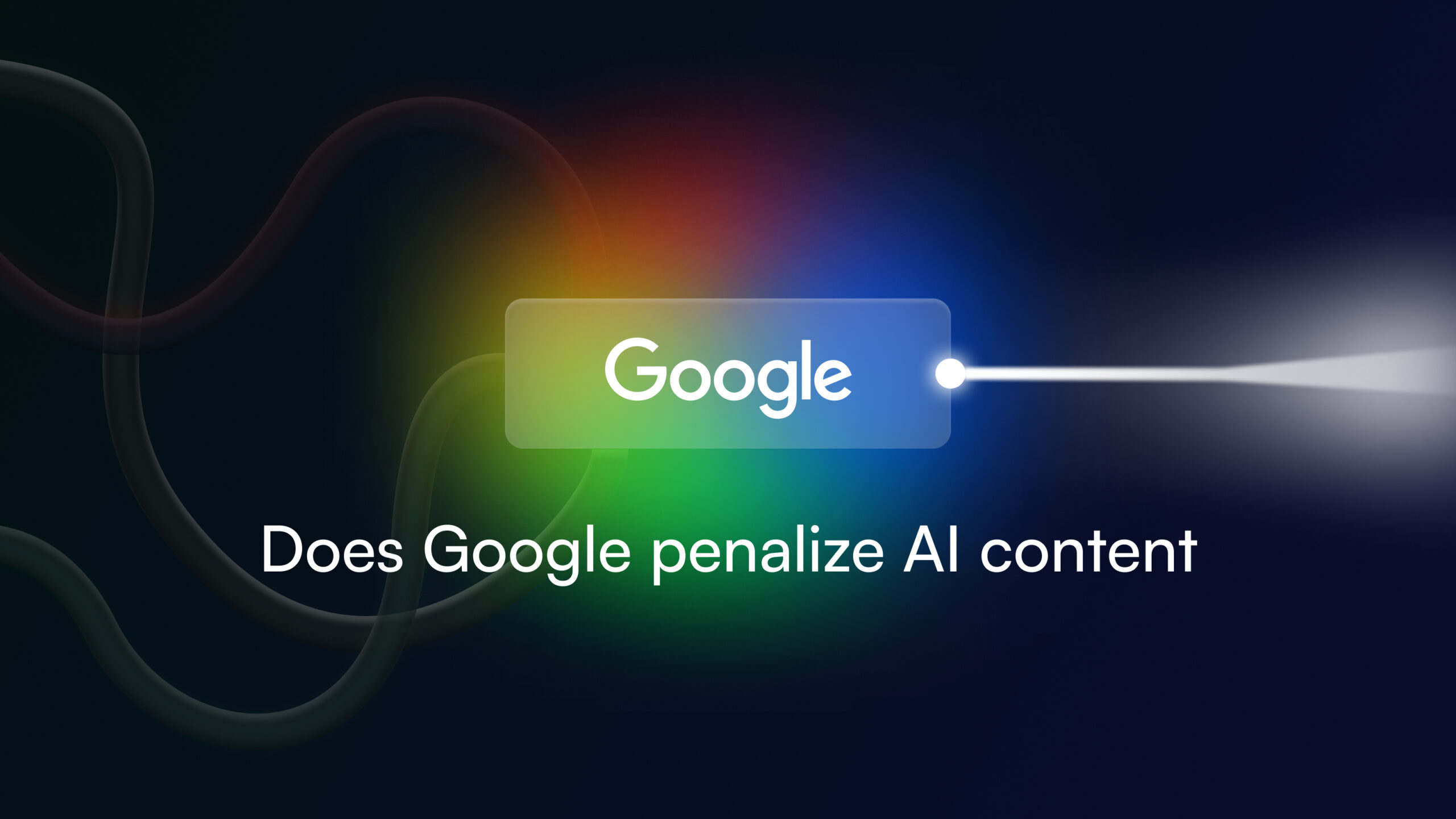

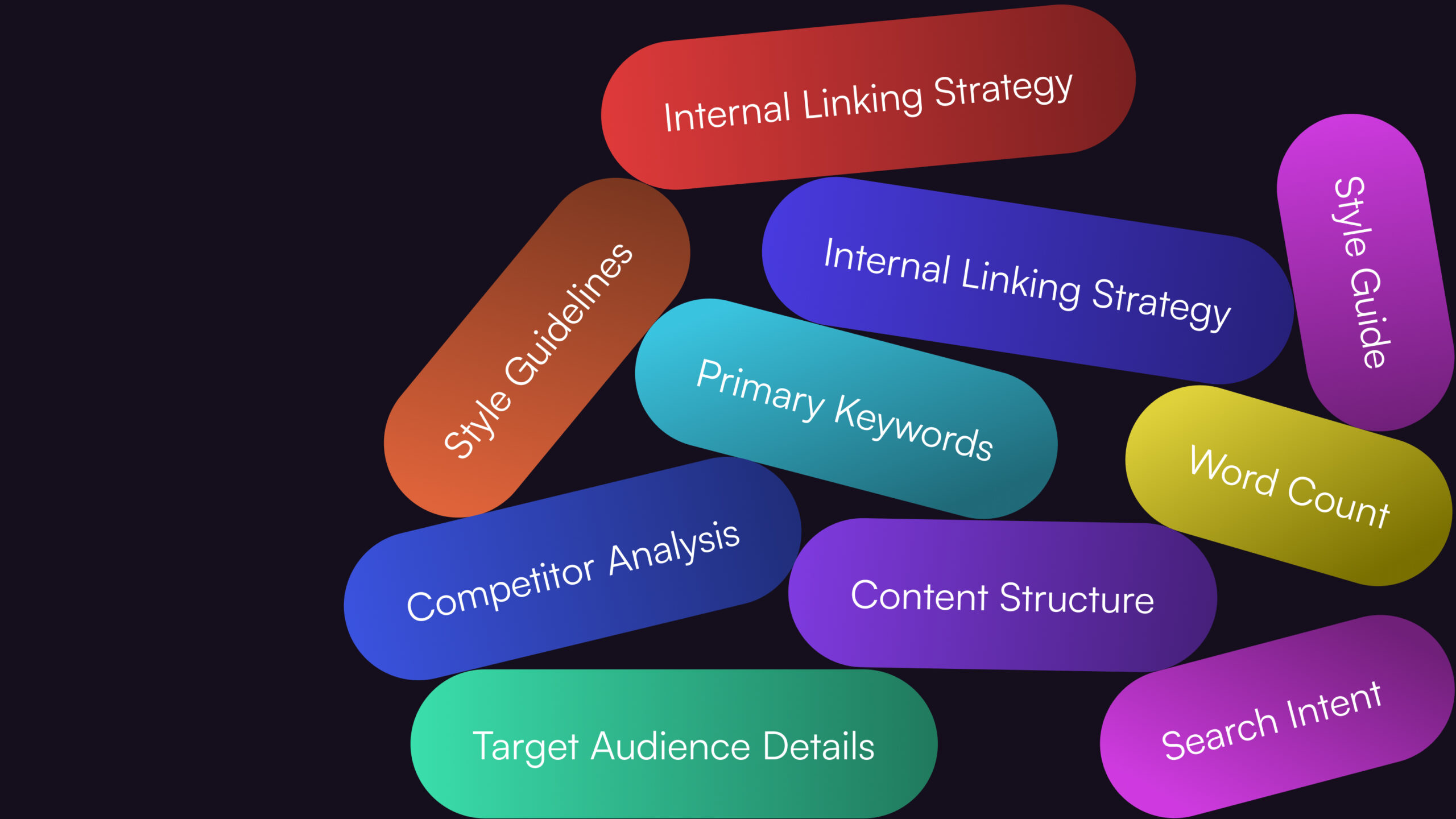



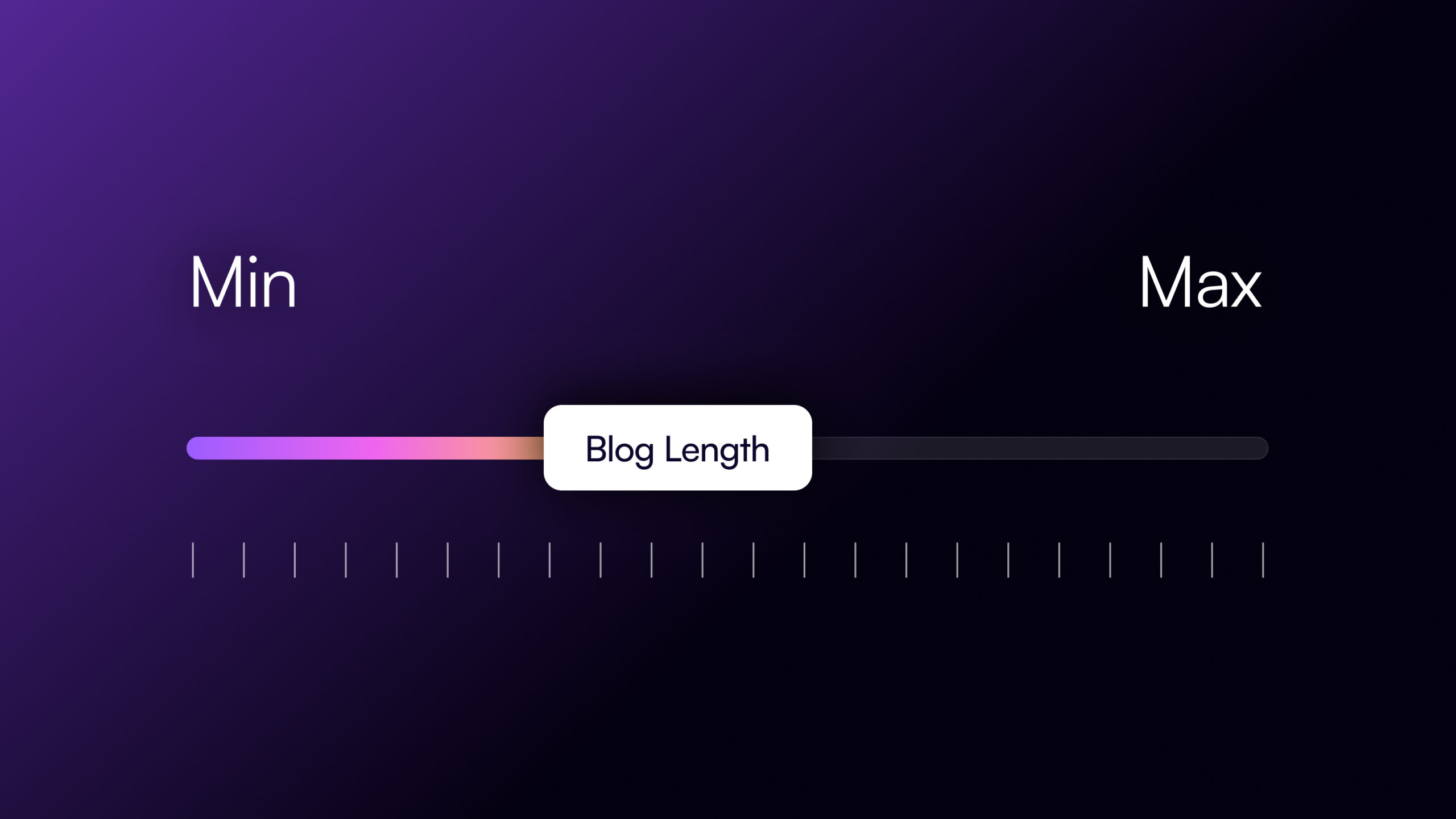
![The 11 Best AI Writing Tools to Try in 2025 [Tried & Tested]](/wp-content/uploads/AI-Writing-tools-For-Business.jpg)
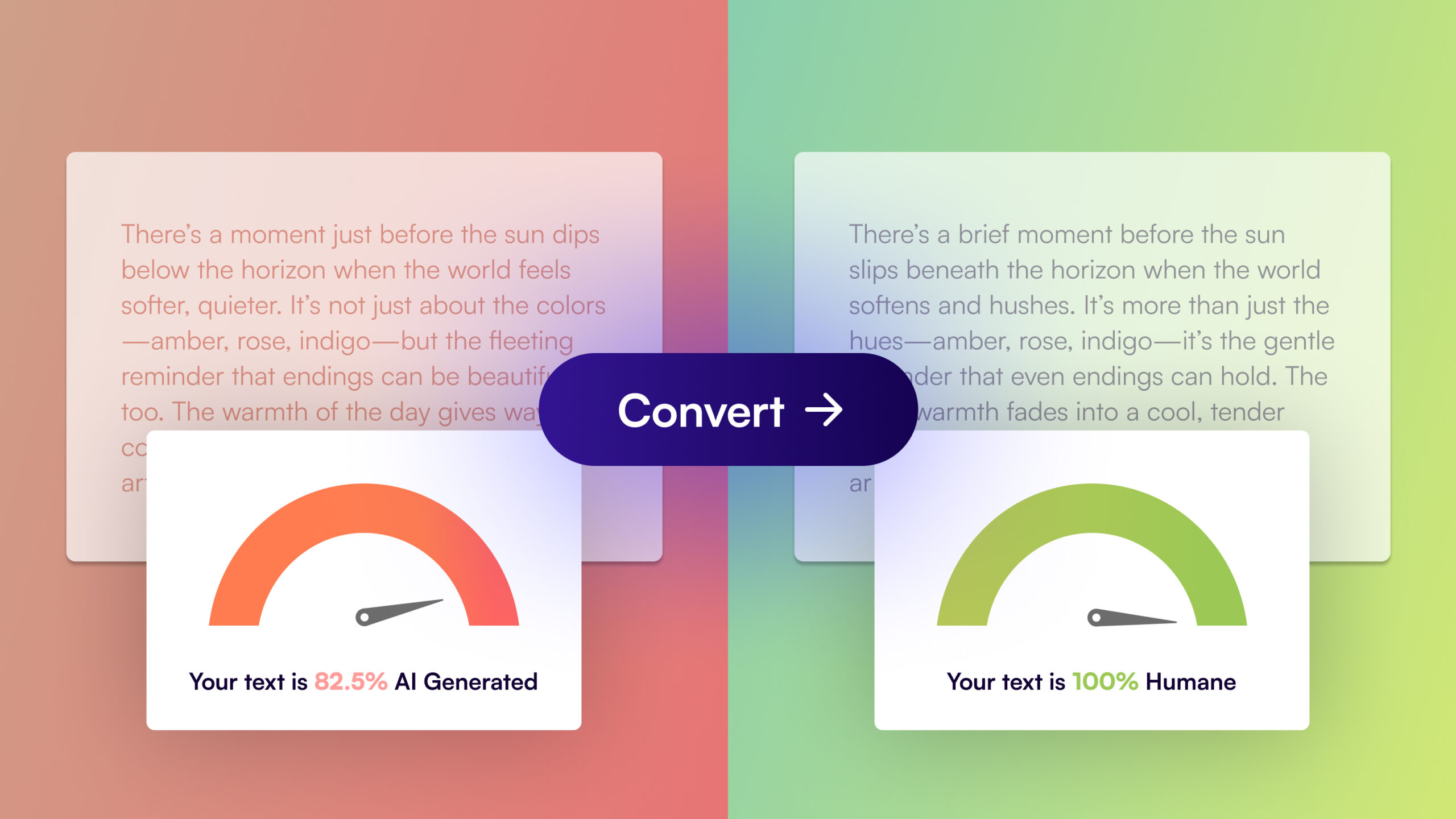
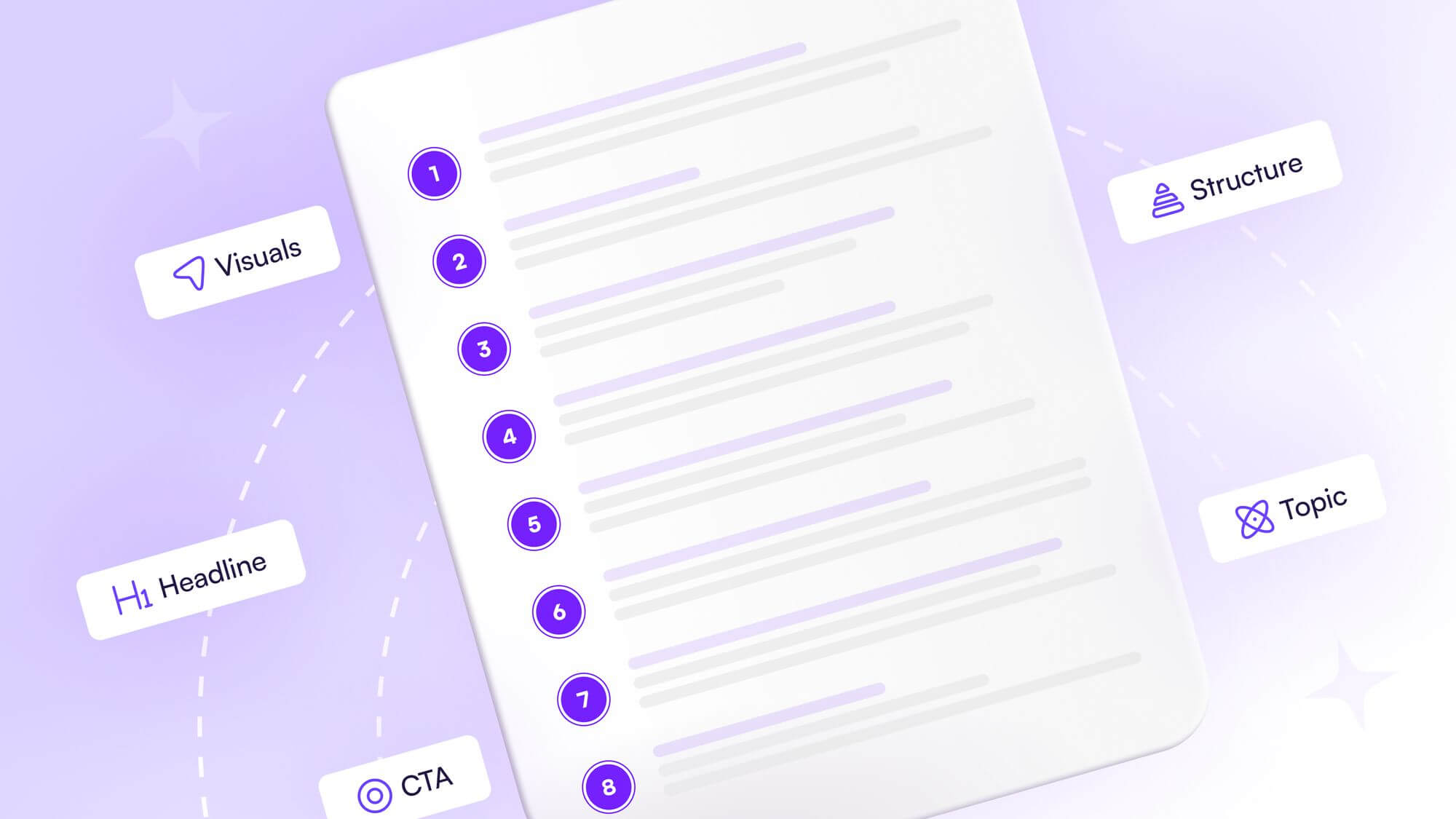
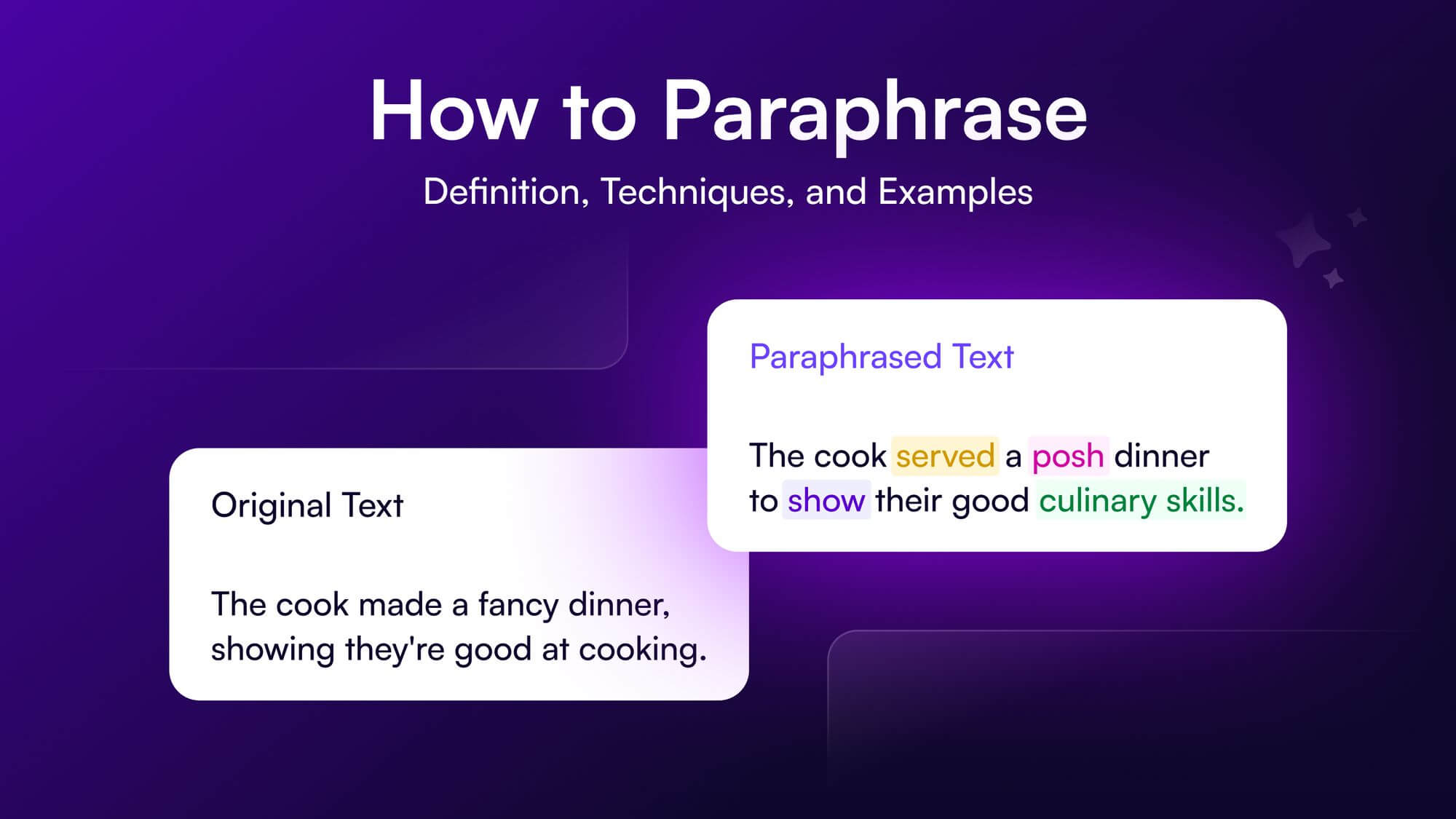


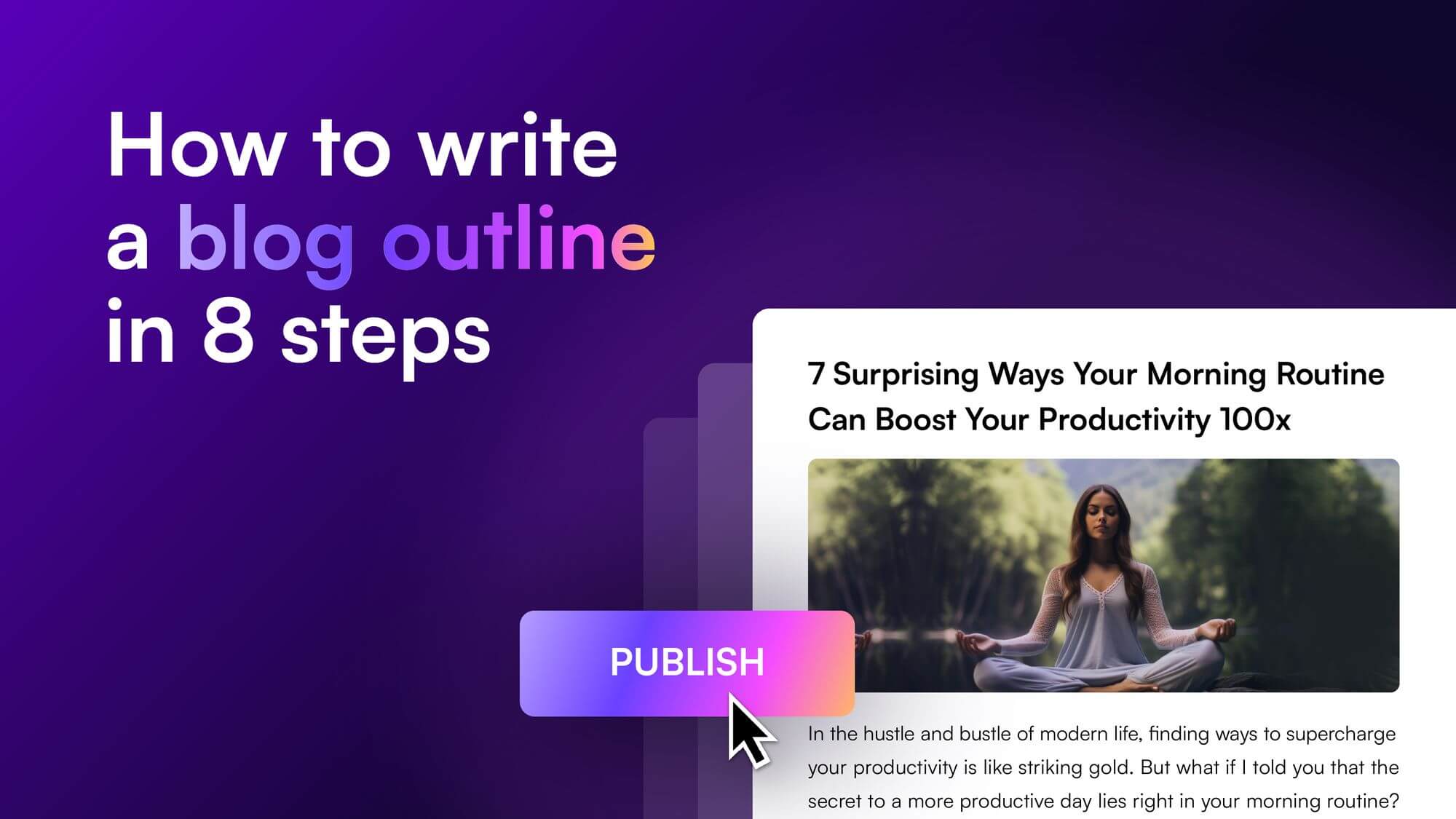
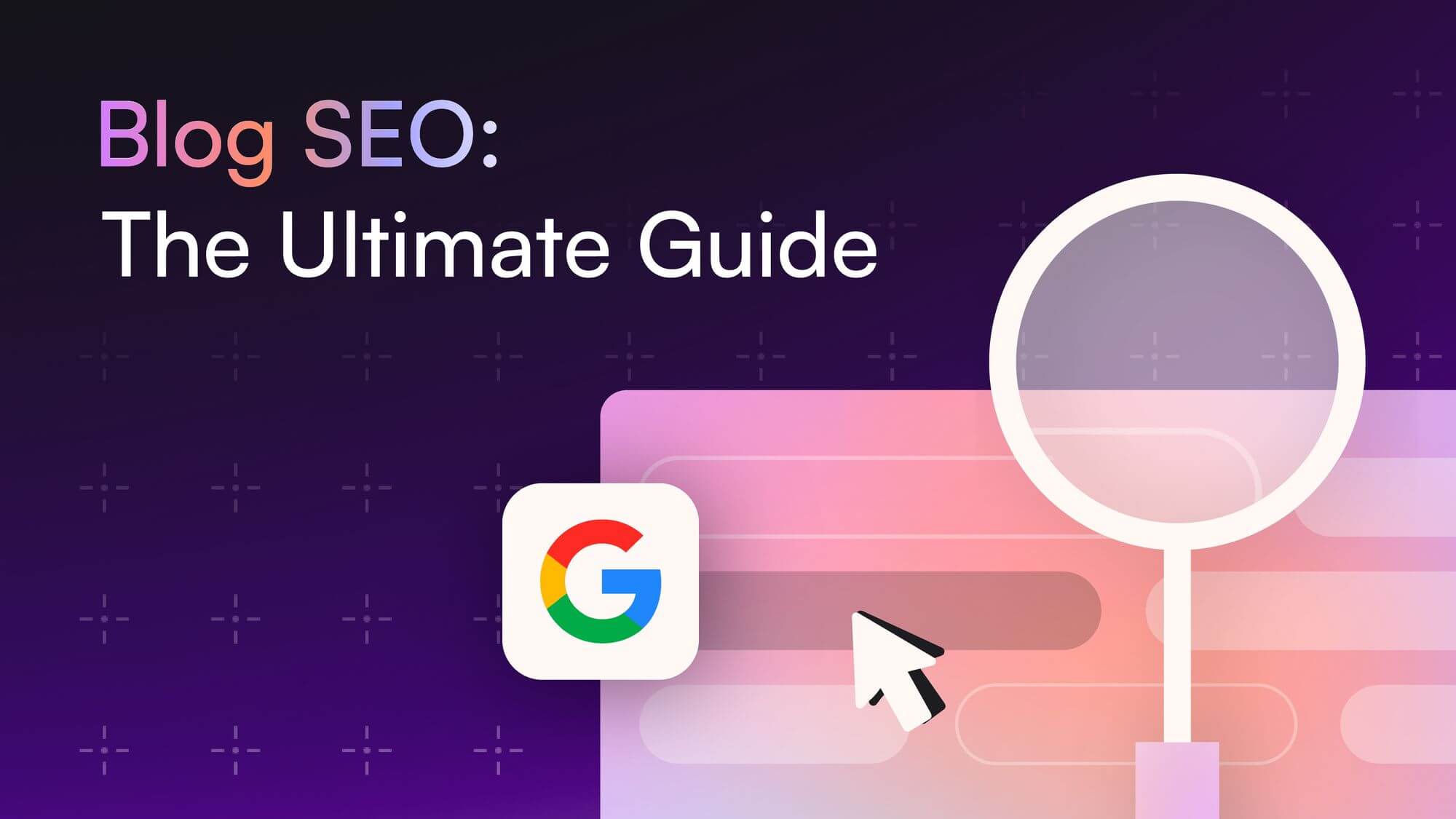

![How to Write a Blog in 2025: A Step-by-Step Guide [+Free Checklist]](/wp-content/uploads/How-to-write-a-blog-Thumbnail.jpg)


